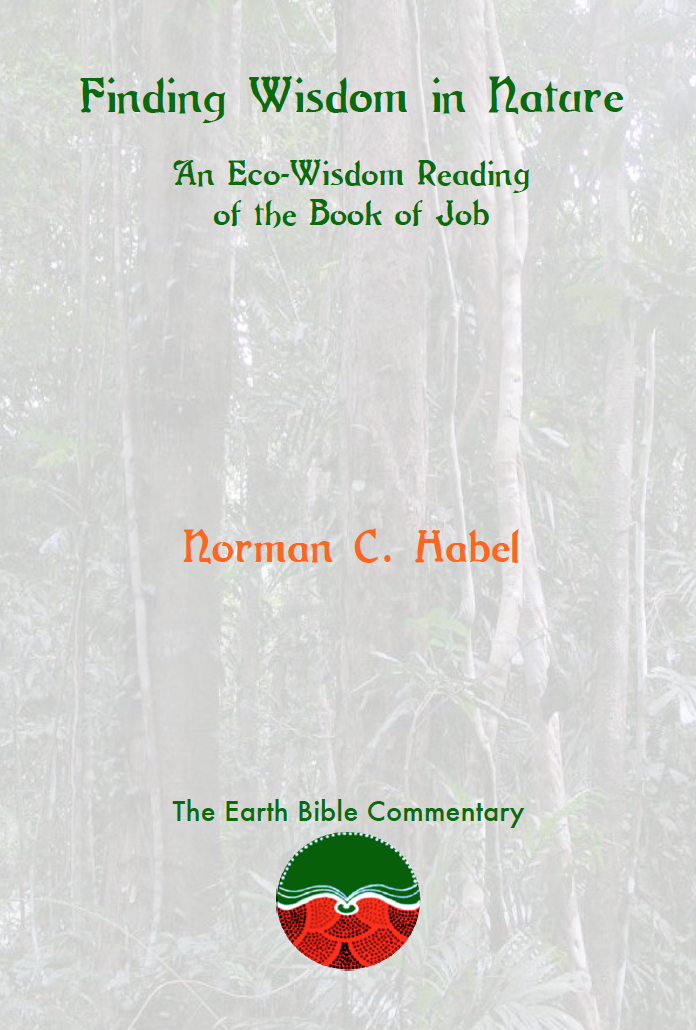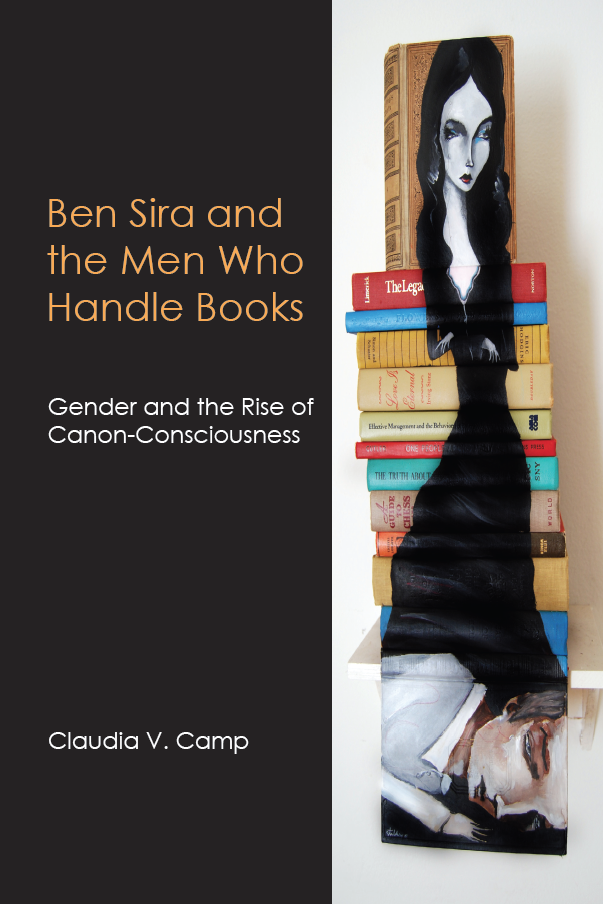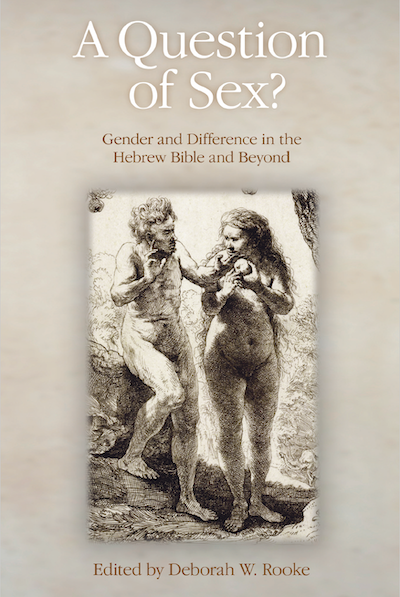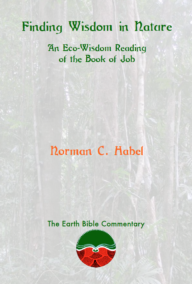Proverbs
Published: Jan 2015
Price range: £15.00 through £35.00
In previous commentaries on Proverbs, little is said about any literary and thematic unity in the book. This commentary, by contrast, reads Proverbs not as a collection of disjointed aphorisms, but as a book of symmetrically arranged wisdom-teaching where topics, forms of expression and rhetoric are constantly hearkening back to what has preceded or heralding what is to follow.
In the preface (1.1-7), the editors of Proverbs introduce a book of wisdom-teaching which the audience, the youth of Israel, are supposed to understand by discerning the figurative language in which the teaching is expressed. The present-day reader of Proverbs is invited in this commentary to read from the same perspective, becoming, like the original audience, engaged in the unfolding figurative language. At the outset Proverbs is set well within the household (1.8 —9.18), where a mother and father urge their naive and uncommitted son to retain their teaching and to successfully establish his own household.
Wisdom is personified as a teacher and a welcoming host whose metaphorical banquet is laid out in the poetry of the topical groups identified in the 'Proverbs of Solomon' (10.1 —22.16). The parental wisdom teaching in the 'Words of the Wise' (22.17 —24.34) addresses a youth now on the threshold of public life, marking out a path of courageous wisdom amid attractive but self-destructive alternatives. In the 'Other Proverbs of Solomon' (chaps. 25 —29) a wealth of imagery and stark antitheses highlight earlier themes and inculcate personal responsibility in a lawless society. The Book of Proverbs concludes with the striking portraits of three eminent wise ones (chaps. 30 —31), who are presumably imbued with the spirit of the Book.
Proverbs
Price range: £15.00 through £35.00
In previous commentaries on Proverbs, little is said about any literary and thematic unity in the book. This commentary, by contrast, reads Proverbs not as a collection of disjointed aphorisms, but as a book of symmetrically arranged wisdom-teaching where topics, forms of expression and rhetoric are constantly hearkening back to what has preceded or heralding what is to follow.
In the preface (1.1-7), the editors of Proverbs introduce a book of wisdom-teaching which the audience, the youth of Israel, are supposed to understand by discerning the figurative language in which the teaching is expressed. The present-day reader of Proverbs is invited in this commentary to read from the same perspective, becoming, like the original audience, engaged in the unfolding figurative language. At the outset Proverbs is set well within the household (1.8 —9.18), where a mother and father urge their naive and uncommitted son to retain their teaching and to successfully establish his own household.
Wisdom is personified as a teacher and a welcoming host whose metaphorical banquet is laid out in the poetry of the topical groups identified in the 'Proverbs of Solomon' (10.1 —22.16). The parental wisdom teaching in the 'Words of the Wise' (22.17 —24.34) addresses a youth now on the threshold of public life, marking out a path of courageous wisdom amid attractive but self-destructive alternatives. In the 'Other Proverbs of Solomon' (chaps. 25 —29) a wealth of imagery and stark antitheses highlight earlier themes and inculcate personal responsibility in a lawless society. The Book of Proverbs concludes with the striking portraits of three eminent wise ones (chaps. 30 —31), who are presumably imbued with the spirit of the Book.
Finding Wisdom in Nature: An Eco-Wisdom Reading of the Book of Job
Published: Sep 2014
£40.00
Wisdom, where can she be found?' This question, at the core of Job 28, is arguably the central question also of the entire book of Job.
Where is Wisdom found in Job 28? Habel's answer may be surprising: in the domains and forces of nature, in the ecosystems of the cosmos! And who employs the 'scientific approach' of the ancient Wisdom School to discern this Wisdom? A Sage called God during the process of creation. This key chapter, Job 28, is therefore where Habel begins his ecological commentary, using an approach he designates an eco-wisdom reading.
In the preceding 27 chapters of the Book of Job, the focus had seemed to be on the question of where justice could be found. Job has been ready to take God to court in order to find justice. Yet, throughout these chapters there has also been a question about Wisdom, raised by Job and each of his friends, though it has remained churning in the background.
When God finally answers Job, God communicates —via nature —about the 'design' of the cosmos. During his journey through the cosmos with his divine mentor, depicted in the divine speeches of Job 38 —41, Job is challenged to discern the 'way,' the 'place' and the inter-relationship of the domains and forces of nature, which is to say, their dynamic innate Wisdom.
In his final speech, Job admits he does not know everything and dismisses his plan to take God to court, and the claim for justice lapses. In its place, Job declares he has 'seen' or 'observed' God —presumably in the ecosystems of the cosmos that God has shown him. So the Book of Job ends with his experience of what we may call an 'ecological conversion'.
Finding Wisdom in Nature: An Eco-Wisdom Reading of the Book of Job
£40.00
Wisdom, where can she be found?' This question, at the core of Job 28, is arguably the central question also of the entire book of Job.
Where is Wisdom found in Job 28? Habel's answer may be surprising: in the domains and forces of nature, in the ecosystems of the cosmos! And who employs the 'scientific approach' of the ancient Wisdom School to discern this Wisdom? A Sage called God during the process of creation. This key chapter, Job 28, is therefore where Habel begins his ecological commentary, using an approach he designates an eco-wisdom reading.
In the preceding 27 chapters of the Book of Job, the focus had seemed to be on the question of where justice could be found. Job has been ready to take God to court in order to find justice. Yet, throughout these chapters there has also been a question about Wisdom, raised by Job and each of his friends, though it has remained churning in the background.
When God finally answers Job, God communicates —via nature —about the 'design' of the cosmos. During his journey through the cosmos with his divine mentor, depicted in the divine speeches of Job 38 —41, Job is challenged to discern the 'way,' the 'place' and the inter-relationship of the domains and forces of nature, which is to say, their dynamic innate Wisdom.
In his final speech, Job admits he does not know everything and dismisses his plan to take God to court, and the claim for justice lapses. In its place, Job declares he has 'seen' or 'observed' God —presumably in the ecosystems of the cosmos that God has shown him. So the Book of Job ends with his experience of what we may call an 'ecological conversion'.
Ben Sira and the Men Who Handle Books: Gender and the Rise of Canon-Consciousness
Published: May 2013
£50.00
What have women to do with the rise of canon-consciousness in early Judaism? Quite a lot, Claudia Camp argues, if the book written by the early second-century BCE scribe, Ben Sira, is any indication. One of the few true misogynists in the biblical tradition, Ben Sira is beset with gender anxiety, fear that his women will sully his honor, their shame causing his name to fail from the eternal memory of his people. Yet the same Ben Sira appropriates the idealized figure of cosmic Woman Wisdom from Proverbs, and identifies her with 'the book of the covenant of the most high God, the law that Moses commanded us'.
This, then, is Ben Sira's dilemma: a woman (Wisdom) can admit him to eternity but his own women can keep him out. It is Camp's thesis that these conflicted perceptions of gender are fundamental to Ben Sira's appropriation and production of authoritative religious literature, and that a critical analysis of his gender ideology is thus essential for understanding his relationship to an emerging canon. Ben Sira writes a book, and writes himself into his book, creating a possession into which he can sublimate his anxiety about the women he cannot truly possess and the God he cannot truly trust.
What is more, if Ben Sira can be considered representative of his scribal class and context, his work may also provide a window into aspects of the larger cultural process of canon building, including the question of whether we would have a canon at all —or have the canon we have —if the men in that particular patriarchal culture had not coded it in the gendered terms that Ben Sira did.
Ben Sira and the Men Who Handle Books: Gender and the Rise of Canon-Consciousness
£50.00
What have women to do with the rise of canon-consciousness in early Judaism? Quite a lot, Claudia Camp argues, if the book written by the early second-century BCE scribe, Ben Sira, is any indication. One of the few true misogynists in the biblical tradition, Ben Sira is beset with gender anxiety, fear that his women will sully his honor, their shame causing his name to fail from the eternal memory of his people. Yet the same Ben Sira appropriates the idealized figure of cosmic Woman Wisdom from Proverbs, and identifies her with 'the book of the covenant of the most high God, the law that Moses commanded us'.
This, then, is Ben Sira's dilemma: a woman (Wisdom) can admit him to eternity but his own women can keep him out. It is Camp's thesis that these conflicted perceptions of gender are fundamental to Ben Sira's appropriation and production of authoritative religious literature, and that a critical analysis of his gender ideology is thus essential for understanding his relationship to an emerging canon. Ben Sira writes a book, and writes himself into his book, creating a possession into which he can sublimate his anxiety about the women he cannot truly possess and the God he cannot truly trust.
What is more, if Ben Sira can be considered representative of his scribal class and context, his work may also provide a window into aspects of the larger cultural process of canon building, including the question of whether we would have a canon at all —or have the canon we have —if the men in that particular patriarchal culture had not coded it in the gendered terms that Ben Sira did.
A Question of Sex? Gender and Difference in the Hebrew Bible and Beyond
Published: Dec 2009
Price range: £17.50 through £45.00
Gender differences between men and women are not just a matter of sexual differentiation; the roles that men and women play are also socially and culturally determined, in ancient Israel and post-biblical Judaism as in every other context.
That is the theme of these ten studies. The first part of the volume examines the gender definitions and roles that can be identified in the Hebrew Bible's legal and ritual texts. The second part uses archaeological and anthropological perspectives to interrogate the biblical text and the society that formed it on issues of gender. The third part explores similar gender issues in a range of material outside the Hebrew Bible, from the Apocrypha through Josephus and Philo down to mediaeval Jewish marriage contracts (ketubbot).
Among the questions here discussed are: Why are men, but not women, required to bathe in order to achieve ritual purity after incurring certain types of defilement? What understandings of masculinity and femininity underlie the regulations about incest? Was ancient Israel simply a patriarchal society, or were there more complex dynamics of power in which women as well as men were involved? What do post-biblical re-interpretations of the female figures of Wisdom and Folly in Proverbs 1 —9 suggest about heterosexual masculinity? And what kind of rights did mediaeval Middle-Eastern Jewish women have within their marriage relationships?
This is the first volume in the sub-series King's College London Studies in the Bible and Gender. The second is Embroidered Garments: Priests and Gender in Biblical Israel (2009).
A Question of Sex? Gender and Difference in the Hebrew Bible and Beyond
Price range: £17.50 through £45.00
Gender differences between men and women are not just a matter of sexual differentiation; the roles that men and women play are also socially and culturally determined, in ancient Israel and post-biblical Judaism as in every other context.
That is the theme of these ten studies. The first part of the volume examines the gender definitions and roles that can be identified in the Hebrew Bible's legal and ritual texts. The second part uses archaeological and anthropological perspectives to interrogate the biblical text and the society that formed it on issues of gender. The third part explores similar gender issues in a range of material outside the Hebrew Bible, from the Apocrypha through Josephus and Philo down to mediaeval Jewish marriage contracts (ketubbot).
Among the questions here discussed are: Why are men, but not women, required to bathe in order to achieve ritual purity after incurring certain types of defilement? What understandings of masculinity and femininity underlie the regulations about incest? Was ancient Israel simply a patriarchal society, or were there more complex dynamics of power in which women as well as men were involved? What do post-biblical re-interpretations of the female figures of Wisdom and Folly in Proverbs 1 —9 suggest about heterosexual masculinity? And what kind of rights did mediaeval Middle-Eastern Jewish women have within their marriage relationships?
This is the first volume in the sub-series King's College London Studies in the Bible and Gender. The second is Embroidered Garments: Priests and Gender in Biblical Israel (2009).






Proverbs 1-9
Proverbs 1-9